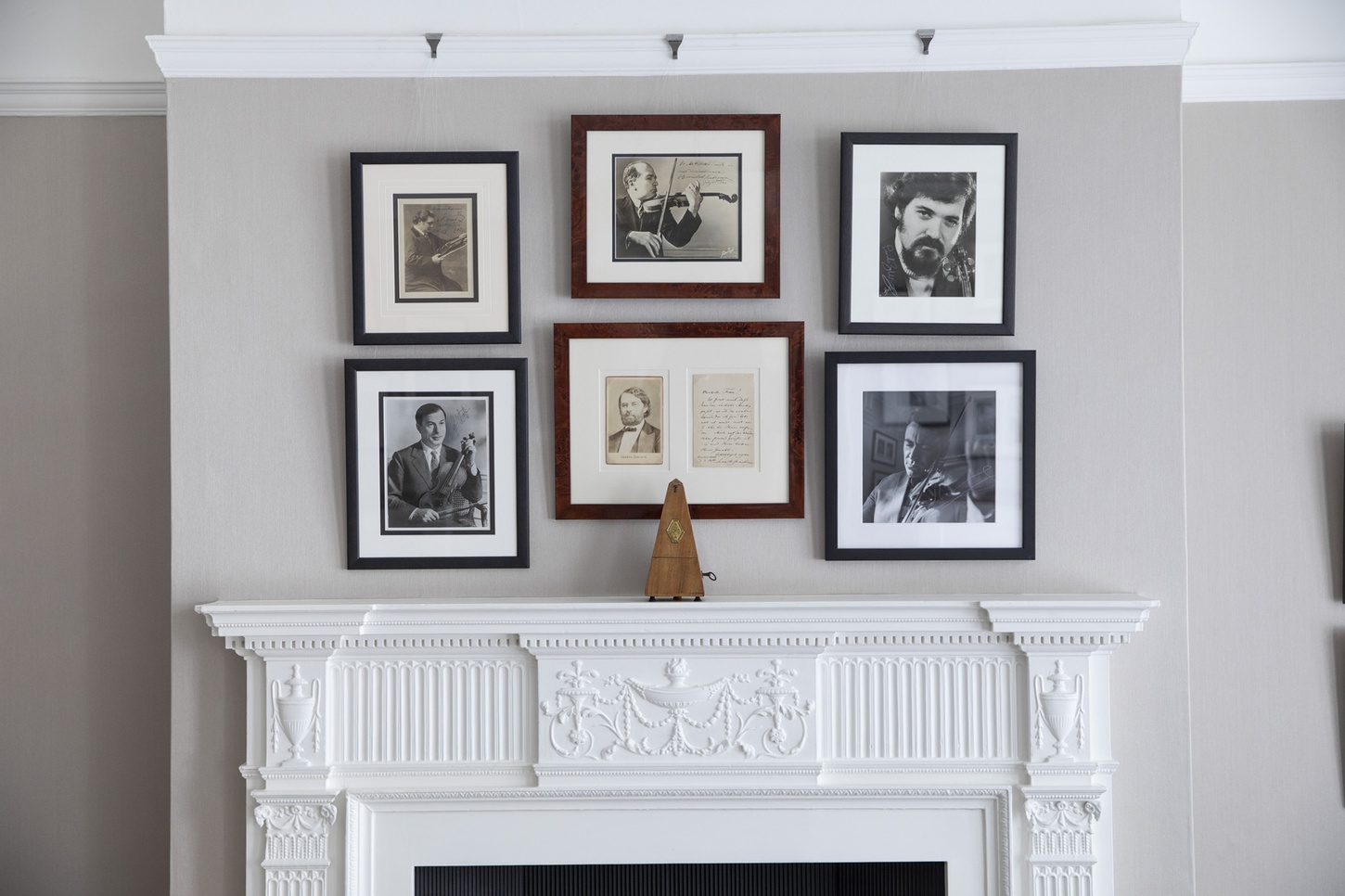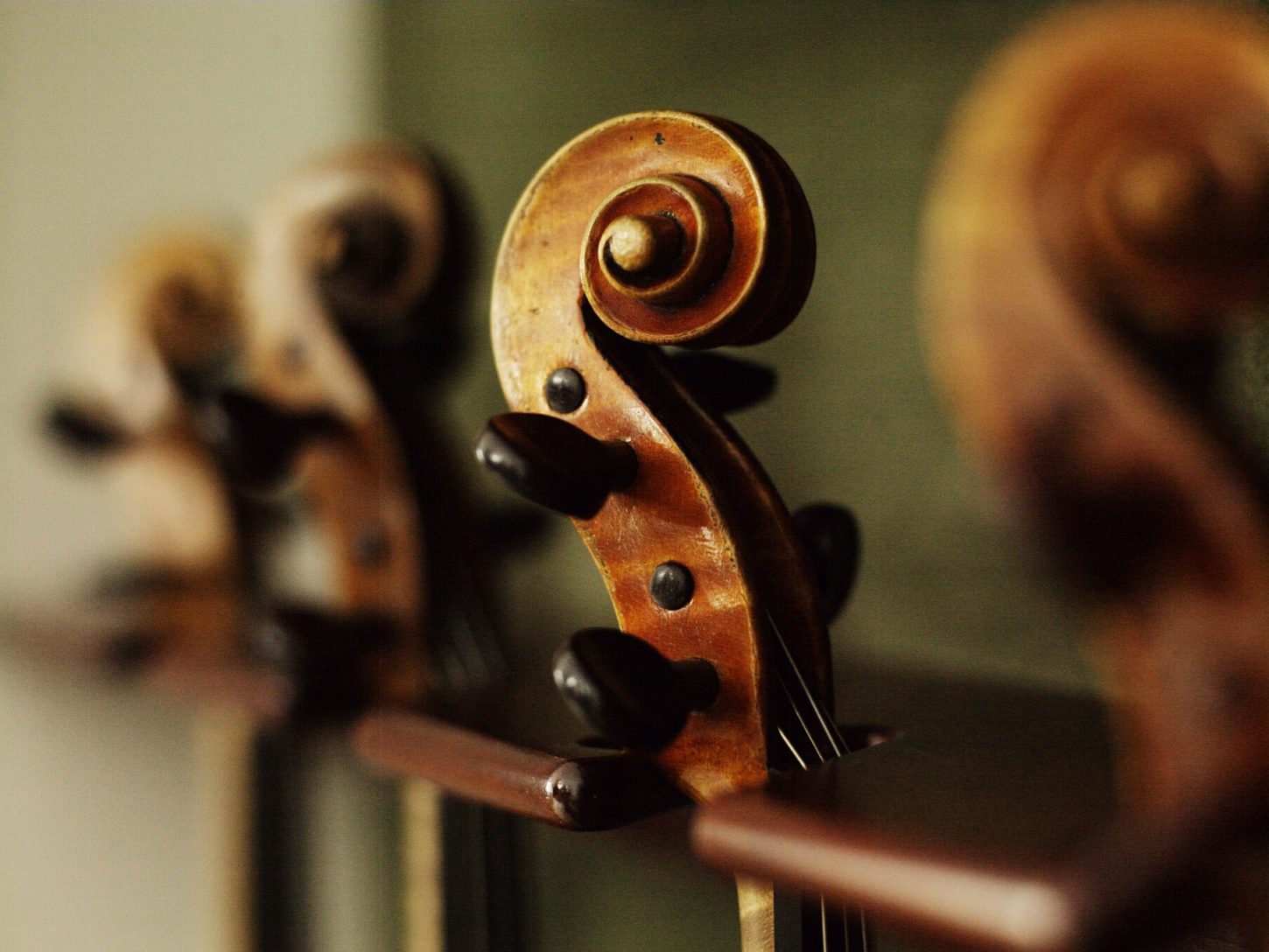Towards the end of the 1690s, Stradivari made a number of violins that shared the design concept of the ‘long pattern’ but were of normal length and, the ‘Baron Knoop’ is a fine example of this group of instruments.
Baron Johann Ludwig Knoop was one of the greatest collectors of violins: he was very active in the second half of the 19th century acquiring important instruments, including numerous violins by Stradivari (including the ‘Lady Jeanne’ and ‘Alard’), del Gesù, Amati, Bergonzi and Guadagnini. Several of these instruments bear his name but, ironically, it seems that he never owned the ‘Baron Knoop’ 1698 Stradivari.
In 1966 this violin passed to Albert Frost, an enthusiastic amateur and a great benefactor of classical music in the UK. On his death in 2010 it transpired that he had set up a foundation to support young string players, at which point J & A Beare sold the ‘Baron Knoop’ to the current owner, accomplishing his wishes.

